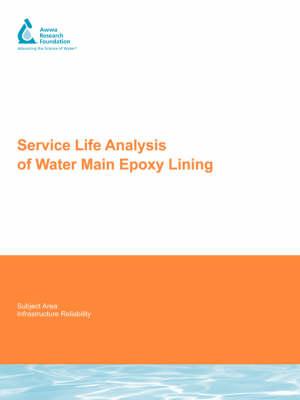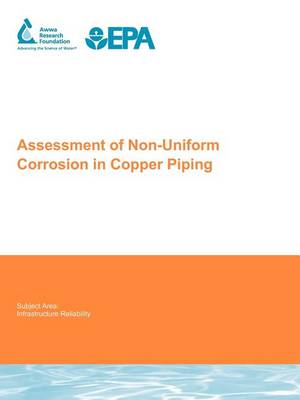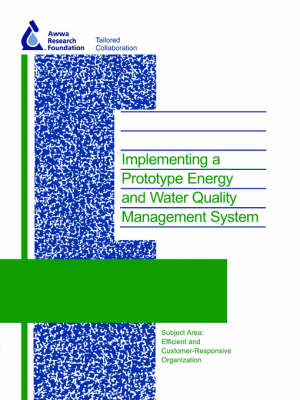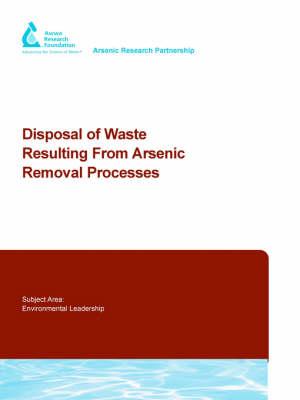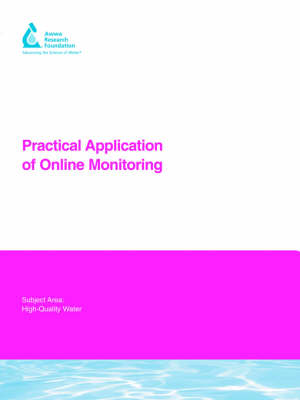Water Research Foundation Report
9 total works
Criteria for Valve Location and System Reliability
by Arun K. Deb, Jerry K. Snyder, John O. Hammell, Sandra B. McCammon, Hwandon Jun, G. V. Loganathan, and W. Grayman
The objectives of this research were to develop a rationale for valve location using design rules to optimize system reliability, to develop an easy to use program to analyze the efficiency of valves on the reliability of isolation of distribution networks, and to develop a computer model to analyze complicated networks and assist water utilities in minimizing interruption of supply in isolating water main breaks.
The study provides analysis tools and rules for valve placement to allow water utilities to improve system reliability by reducing the number of customers affected by necessary water main isolations. The analysis tools can be used to identify critical valves and provide a quantitative basis for making cost-effective decisions about valve placement. The report includes a CD-ROM that contains the Strategic Valve Management Model (SVMM). The SVMM was developed to provide utilities with a better tool for valve maintenance and system expansion. The program is used to identify segments in water distribution systems and to simulate pipe and valve failure effects on the system.
Service Life Analysis of Water Main Epoxy Lining
by Arun K. Deb, Jerry K. Snyder, John O. Hammell, Elizabeth Tyler, Linda Gray, and Ian Warren
This study demonstrated that epoxy lining is a viable rehabilitation method for unlined cast iron and steel water mains. For structurally sound water mains with severe tuberculation causing reduced hydraulic capacity and water quality problems, epoxy lining can provide a greater increase in hydraulic capacity than conventional cement mortar linings. When installed properly with appropriate QA/QC procedures, epoxy lining is expected to have a service life of at least 40 to 60 years.
Assessment of Non-Uniform Corrosion in Copper Piping
by Marc Edwards, Paolo Scardina, G. V. Loganathan, D. Bosch, and S. Dwyer
The purpose of this project was to assess the extent and implications of copper pitting and pinhole leaks for residential potable water plumbing systems. Additionally, the project team planned to investigate known and suspected causes of copper pitting and pinhole leaks through case studies at participating communities. Multiple data sources were used to assess the extent of pinhole leaks. National surveys were conducted targeting plumbers, homeowners, businesses, and corrosion experts.
The team also reviewed a database of copper failures spanning 30 years. The mechanistic causes of pinhole leaks were investigated via intensive case studies at participating communities, where hydrological, biological, and aqueous chemical factors were considered. Pinhole leaks have been confirmed nationwide, and about 8.1 percent of homeowners (nationally) have experienced leaks. The total cost of pinhole leaks, including prevention, is $967 million. A number of different mechanisms were identified as the cause of pinhole leaks at participating communities including aggressive water quality, microbiologically-induced pitting, and hydrological factors.
Includes a CD-ROM with Pinhole Leak Case Studies and Surveys
Occurrence Survey of Boron and Hexavalent Chromium
by Michelle Frey, C. Seidel, Marc Edwards, and J Parks
Implementing a Prototype Energy and Water Quality Management System
by L. Jentgen, S. Conrad, R. Riddle, E. Von Sacken, K. Stone, W. Grayman, and S. Ranade
Disposal of Waste Resulting from Arsenic Removal Processes
by D. Cornwell, M. MacPhee, R. Mutter, John T. Novak, and Marc Edwards
Water Utility Self Assessment for Management of Aesthetic Issues
by Michael J. McGuire, N. Graziano, L. Sullivan, R. Hund, and G. Burlingame

